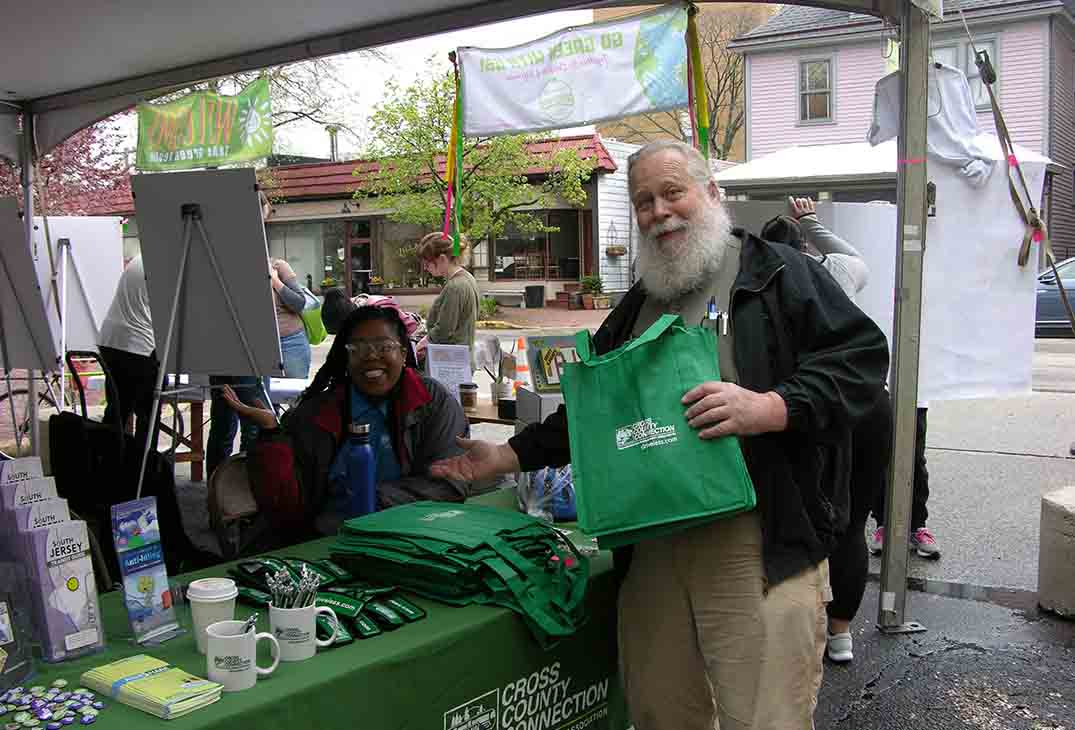Menu
Menu
Air Quality Action Advisories are sent out via e-mail to air quality partners when ground level ozone and/or particle pollution levels are forecasted to be unhealthy. These advisories are not only a health warning, but a reminder to initiate actions that help reduce further air pollution.
Keep employees and clients informed on air quality conditions in the region. Register to receive Air Quality Action Alerts when unhealthy conditions are expected. Participation in the Air Quality Partnership and its programs are entirely voluntary, and the region’s success depends on everyone sharing the responsibility. If you would like your business to be recognized as an Air Quality Partner, registration is fast and free. You will receive information on the effects of air quality and promotional materials to help spread the word to your employees.
The Air Quality Partnership is comprised of hundreds of environmentally conscious businesses, governmental agencies, organizations and individuals working to improve air quality by reducing ground-level ozone and particle pollution.

There are many simple, effective ways that businesses and organizations can help the Air Quality Partnership keep New Jersey’s air clean. Following are a few examples of popular ozone and particulate reducing activities:

Copyright © 2023 Cross County Connection TMA. All Rights Reserved.